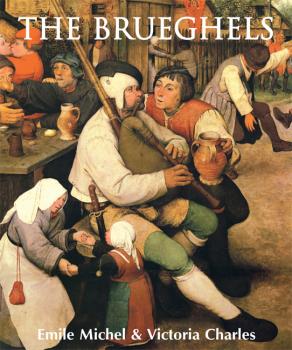ТОП просматриваемых книг сайта:















Emile Michel
Список книг автора Emile MichelАннотация
Информация о книге
Автор произведения Emile Michel
Жанр Изобразительное искусство, фотография
Серия Best of
Аннотация
Информация о книге
Автор произведения Emile Michel
Жанр Изобразительное искусство, фотография
Серия Temporis
Аннотация
Информация о книге
Автор произведения Emile Michel
Жанр Изобразительное искусство, фотография
Серия Temporis
Аннотация
Информация о книге
Автор произведения Emile Michel
Жанр Изобразительное искусство, фотография
Серия Temporis
Аннотация
Информация о книге
Автор произведения Emile Michel
Жанр Изобразительное искусство, фотография
Серия Temporis
Аннотация
Информация о книге
Автор произведения Emile Michel
Жанр Изобразительное искусство, фотография
Серия Mega Square
Аннотация
Информация о книге
Автор произведения Emile Michel
Жанр Изобразительное искусство, фотография
Серия Great Masters







